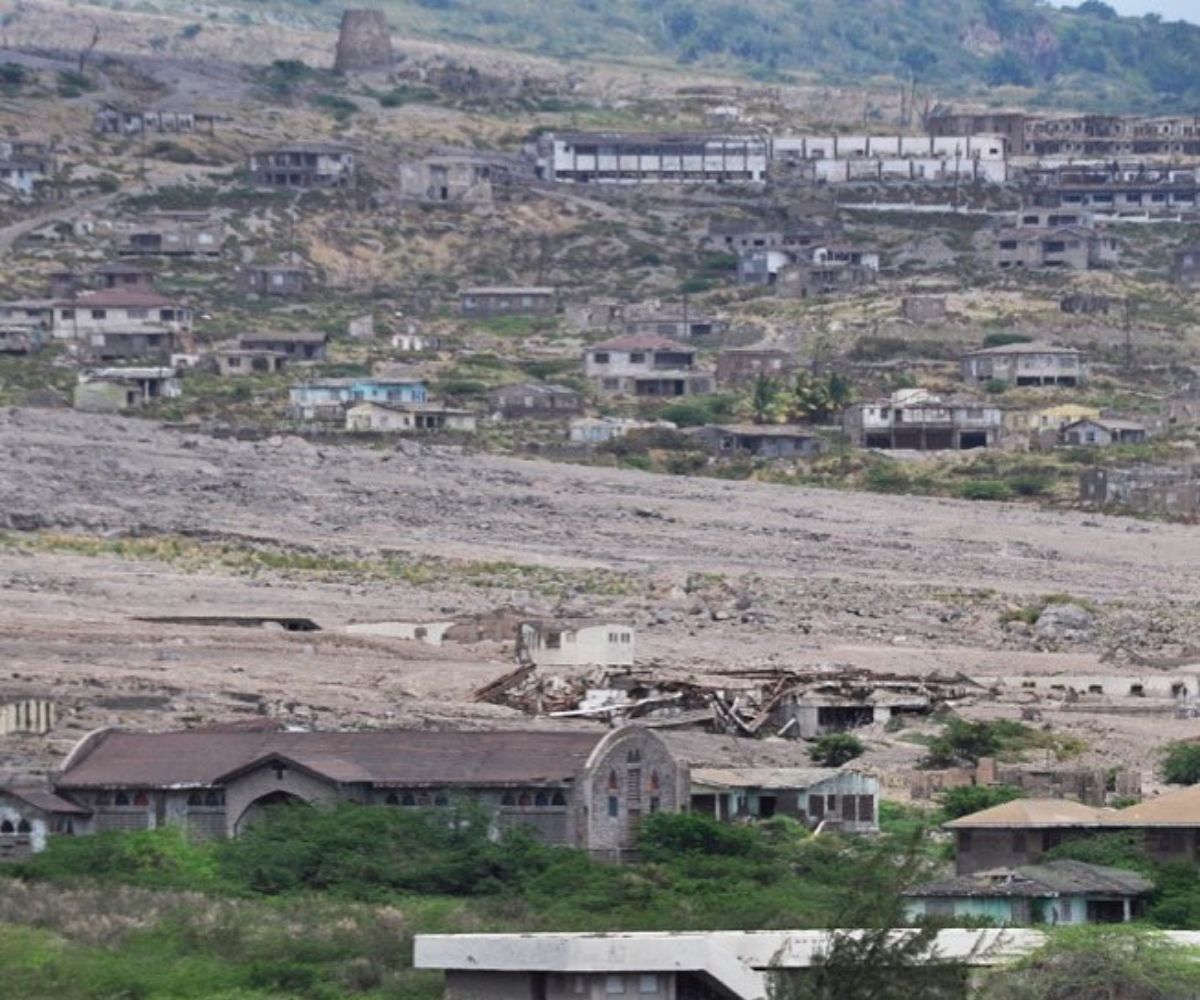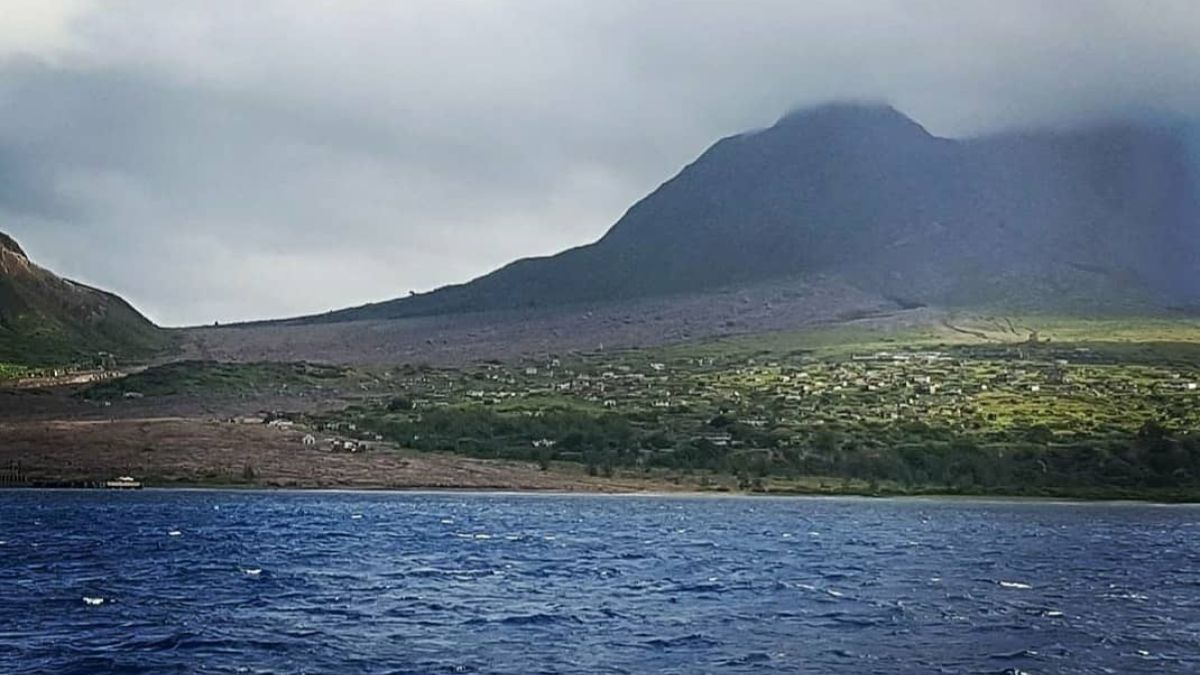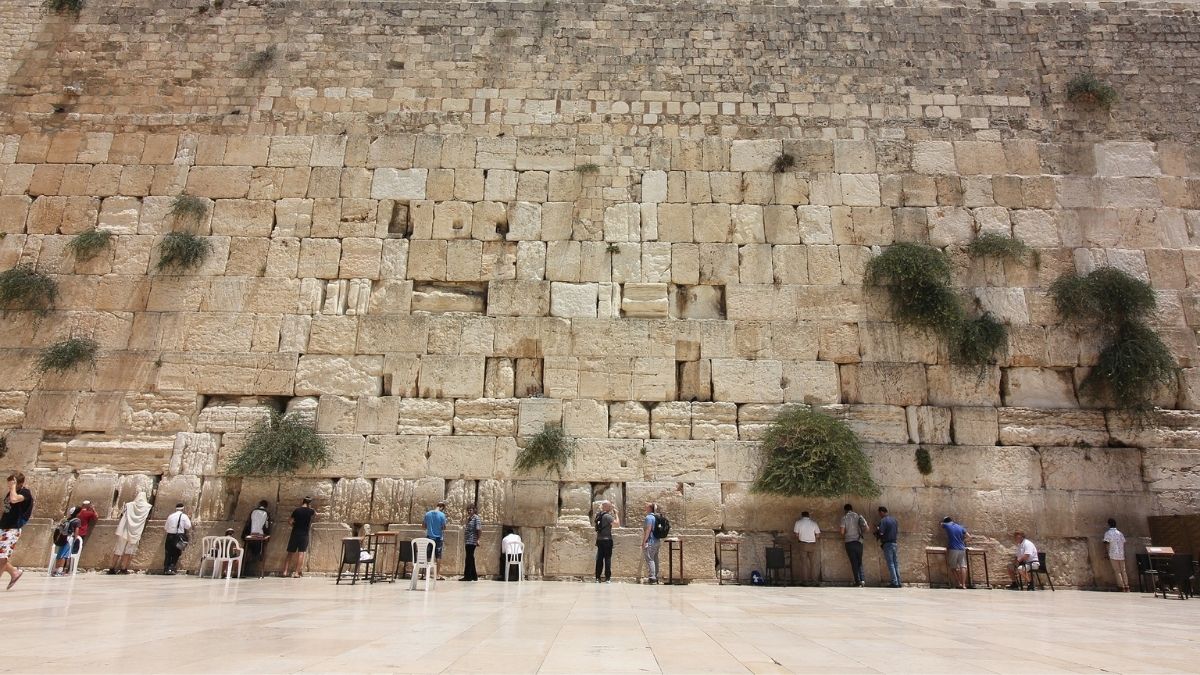Plymouth is the capital of Montserrat, an island nation in the Caribbean Sea. The island is volcanic and lush with rainforests, beaches, and hiking trails. Plymouth was destroyed by a volcanic eruption in 1997 but has since been rebuilt.
Today, visitors can explore the ruins of the old city, visit the Montserrat Volcano Observatory, or take a dip in one of the many hot springs on the island.
Plymouth, Montserrat is a Caribbean paradise that is often overlooked by tourists. But this hidden gem has so much to offer! From its stunning beaches to its rich history, there’s something for everyone on this beautiful island.
One of the best things to do in Plymouth is to explore its many beaches. The black sand beaches are particularly beautiful and unique. And if you’re lucky, you might even spot a turtle or two!
Other activities include hiking, bird watching, and diving. Montserrat is also home to some fascinating historical sites. The capital city of Plymouth was once one of the busiest ports in the Caribbean.
But it was destroyed by a volcanic eruption in 1997 and now lies in ruins. It’s definitely worth a visit if you’re interested in learning more about the island’s history. If you’re looking for a truly unique Caribbean experience, then be sure to add Plymouth, Montserrat to your list!
 Is Montserrat in the Caribbean Worth Visiting?
Is Montserrat in the Caribbean Worth Visiting?
Yes, Montserrat is definitely worth visiting! This small island country is located in the Lesser Antilles chain of the Caribbean Sea, and it offers visitors a truly unique experience. The island is home to the Soufrière Hills volcano, which last erupted in 1995.
Today, about half of the island is covered in volcanic ash from the eruption, creating an otherworldly landscape. Visitors can explore the ruins of abandoned villages that were destroyed by the eruption, or hike through lush rainforests to get a glimpse of rare bird species. And of course, there are plenty of beach activities to enjoy as well!
What is the Most Famous Part of Montserrat?
The most famous part of Montserrat is the mountain range for which it is named. The range includes several peaks, the highest of which is 1,236 meters (4,055 feet) tall. The mountains are made up of a type of rock called conglomerate, which is formed from smaller rocks that have been cemented together over time.
The mountains are thought to be about 65 million years old and were formed by the collision of two tectonic plates.
What Do People Do in Montserrat?
Montserrat is a small island in the Caribbean Sea. The people of Montserrat are friendly and welcoming. There are many things to do on the island, including hiking, swimming, snorkeling, and exploring the local culture.
One of the most popular activities in Montserrat is hiking. There are several trails of varying difficulty levels that wind through the jungle and offer stunning views of the island and its coastline. Many of these trails lead to secluded beaches where you can swim or relax in the sun.
Snorkeling is another popular activity in Montserrat. The clear waters around the island offer excellent visibility for seeing colorful fish and other marine life. There are several dive sites around Montserrat that are suitable for both beginner and experienced snorkelers.
If you’re interested in learning about the local culture, there are several museums and cultural centers on the island that offer exhibits and programs about Montserrat’s history and traditions. You can also visit one of the many plantations that dot the landscape, which provide a glimpse into how life was centuries ago on this small Caribbean island.
 Is Montserrat a Good Holiday Destination?
Is Montserrat a Good Holiday Destination?
Montserrat is a small island in the Caribbean Sea that is part of the Lesser Antilles. The island is volcanic and has a mountainous landscape. Montserrat is known for its black sand beaches, clear waters, and lush vegetation.
The climate in Montserrat is tropical with warm temperatures year-round. The rainy season runs from June to November. Hurricane season officially runs from June 1st to November 30th, though storms can happen outside of these dates as well.
There are a few different ways to get to Montserrat. You can fly into the John A. Osborne Airport (MNI) in Montserrat or into one of the airports in nearby Antigua and then take a ferry over to Montserrat. Once you’re on the island, there are plenty of things to do.
You can relax on one of the many black sand beaches, go hiking in the rainforest or explore some of the abandoned villages from when the volcano erupted in 1995. If you’re interested in learning more about the island’s history, you can visit sites like St Patrick’s Church which was built in 1833, or go on a guided tour of Plymouth which was once the capital city before it was destroyed by the volcano. There are also several museums on the island including The Museum of Montserrat which covers both natural and cultural history, and The Soufriere Hills Volcano Observatory which offers insight into ongoing research about volcanoes.
Things to Do in Montserrat
Montserrat is a small island located in the Caribbean Sea. It is a British overseas territory and has a population of just over 4,000. The island is most known for its active volcano, which last erupted in 1997 and destroyed the capital city of Plymouth.
Despite this natural disaster, the island has managed to rebound and is now a popular tourist destination. If you are looking for things to do in Montserrat, here are some ideas: Visit the Montserrat Volcano Observatory – The MVO monitors the Soufriere Hills Volcano and provides updates on its status.
Visitors can tour the facility and learn about the work that goes into monitoring an active volcano. Hike to the top of Chances Peak – Chances Peak is the highest point on Montserrat and offers stunning views of the surrounding islands. Be sure to wear sturdy shoes and bring plenty of water as it can be quite hot and humid at the top!
Explore St. George’s Hill Forest Reserve – This forest Reserve is home to many different species of plants and animals, including several endangered birds. Take a hike through the reserve or go bird-watching in one of the observation towers. Visit Montserrat Cultural Centre – The MCC houses a museum with displays about Montserrat’s history and culture, as well as an art gallery featuring works by local artists.
There is also a theatre where you can see live performances by local musicians and dancers.
Montserrat Spain
Montserrat is a small island in the Mediterranean Sea, located off the coast of Spain. The island is best known for its dramatic landscape and hiking trails. Montserrat is also home to a number of unique species of plants and animals, making it a popular destination for nature lovers.
 Montserrat Island
Montserrat Island
Montserrat is a small island located in the Caribbean Sea. It is part of the Lesser Antilles and is approximately 16 km long and 11 km wide. The island has a population of around 4,500 people.
The capital city is Plymouth. Montserrat is a volcanic island and its highest point is Chances Peak, which is 915 m high. The island was first inhabited by the native Arawak and Carib peoples.
Later it was colonized by the British and became a dependency of Newfoundland in 1783. In 1834, Montserrat became a separate colony within the British Empire. The island has been plagued by volcanic activity since 1995 when the Soufrière Hills volcano erupted.
This caused extensive damage to infrastructure and forced many people to flee the island.
Plymouth Island
Plymouth Island is an island in Plymouth Sound, England. It is also within the administrative county of Devon, England, and forms part of the city of Plymouth. The island lies southwest of the mainland, separated from it by a narrow channel that is crossed by two bridges.
The island has an area of approximately 44 hectares (108 acres) and a population of around 3,000 people. It is one of the largest islands in the Plymouth Sound with a long history dating back to the Bronze Age. The island was first inhabited by a small community that farmed and fished for their livelihood.
They built simple houses made from wood and thatch which have long since disappeared. Around 1,500 years ago, Iron Age people came to live on the island and they built more substantial houses made from stone. These can still be seen today in the form of ruins scattered around the island.
The Roman conquest of Britain in 43 AD saw a change in how the island was used as it became an important base for their operations in southwestern Britain. The Romans built roads, forts, and warehouses on Plymouth Island which helped them to control this region effectively. After the Romans left Britain in 410 AD, Plymouth Island continued to be occupied by various peoples over time including Anglo-Saxons, Vikings, and Normans.
In 1066 William I conquered England and he soon began construction work on a castle on Plymouth Island which would serve as a key strategic stronghold overlooking both Dartmouth and Kingsbridge Estuaries. This new castle was completed around 1080 AD and its remains can still be seen today along with those of other Norman buildings such as St James’ Church which dates from 1100 AD. In medieval times, Plymouth Island was an important port for trade with France and Spain as well as being home to a large fishing industry that supplied much-needed fish to nearby towns and cities such as Exeter and Bristol.
During this period, the town walls were constructed which can still be seen partially standing today. Many half-timbered Tudor-style houses were also built inside these walls giving Plymouth Island its distinctive historic character. The English Civil War saw conflict come to Plymouth Island when Royalist troops occupied Plymouth Castle while Parliamentarian forces besieged it for over two months during 1642-1643.
Conclusion
In Plymouth, Montserrat you can find some of the best beaches in the Caribbean. There are plenty of activities to keep you busy whether you’re a beach bum or an adventure seeker. You can go hiking, horseback riding, or zip-lining through the jungle.
Or if you just want to relax, there are plenty of restaurants and bars to enjoy while watching the sunset.




